Beautiful ink painting made in 1925 by Marcel Gromaire.
This is an original ink painting prior to the painting entitled "Les bords de la marne" and made the same year. The work is signed and dated lower left.
Presented in a beautiful natural wood frame and under glass, the dimensions including
the frame: 65 x 57 centimeters.
Biography:
Born in the North, Marcel Gromaire began his schooling in Douai, then in Paris, where his father was a teacher at the Lycée Buffon. He passed his baccalaureate in law, quickly abandoned a legal career and then began in 1910 to attend some studios in Montparnasse. He did his military service in Lille and spent six years in the army during the First World War (he was wounded in 1916 in the Somme). Back in Paris, Gromaire was the film critic for Crapouillot. He met Maurice Girardin who, for ten years, would buy his entire production by contract. He moved to Villa Seurat in 1925 and continued to write his personal notes which he would keep until the end of his life (Peinture 1921-1939 published in 1980 by Denoël). He then exhibited La Guerre at the Salon des Indépendants. Like Rouault and Dufy, Gromaire worked away from groups and trends. A friend of Matisse and Léger in his youth, he was nevertheless "nobody's student". He created his own style, which cannot be confused with any other. A style that combines a powerful lyrical breath with a taste for geometric construction. Marcel Gromaire thus invented a realism that freed itself from rules and reflected a little of the inspiration of the Romanesque or Gothic primitives. "He constructs his nudes like cathedrals and treats skyscrapers like theorems," it has been written. Gromaire was recognized very early on by galleries and museums: Pierre Matisse exhibited his work at the inauguration of his New York gallery in 1931; from 1947 to 1956 he exhibited at the Galerie Louis Carré. In 1963, a retrospective was dedicated to him at the Musée National d'Art Moderne and then in 1980, at the Musée d'Art Moderne de la Ville de Paris. Dr. Girardin, who regularly bought his paintings, bequeathed his collection, around a hundred works, to the Museum of Modern Art of the City of Paris. Gromaire painted a little over 700 canvases, with an average of 10 per year, hence the rarity of his work on the market. Gromaire's intellectual influence made him the spokesperson for independent art during the 1920s to 1950s. The solidity of this work places it above fashions and eras. He is the only creator of the 20th century who was able to give the weight of the classic to a research that is nevertheless among the most authentically modern.






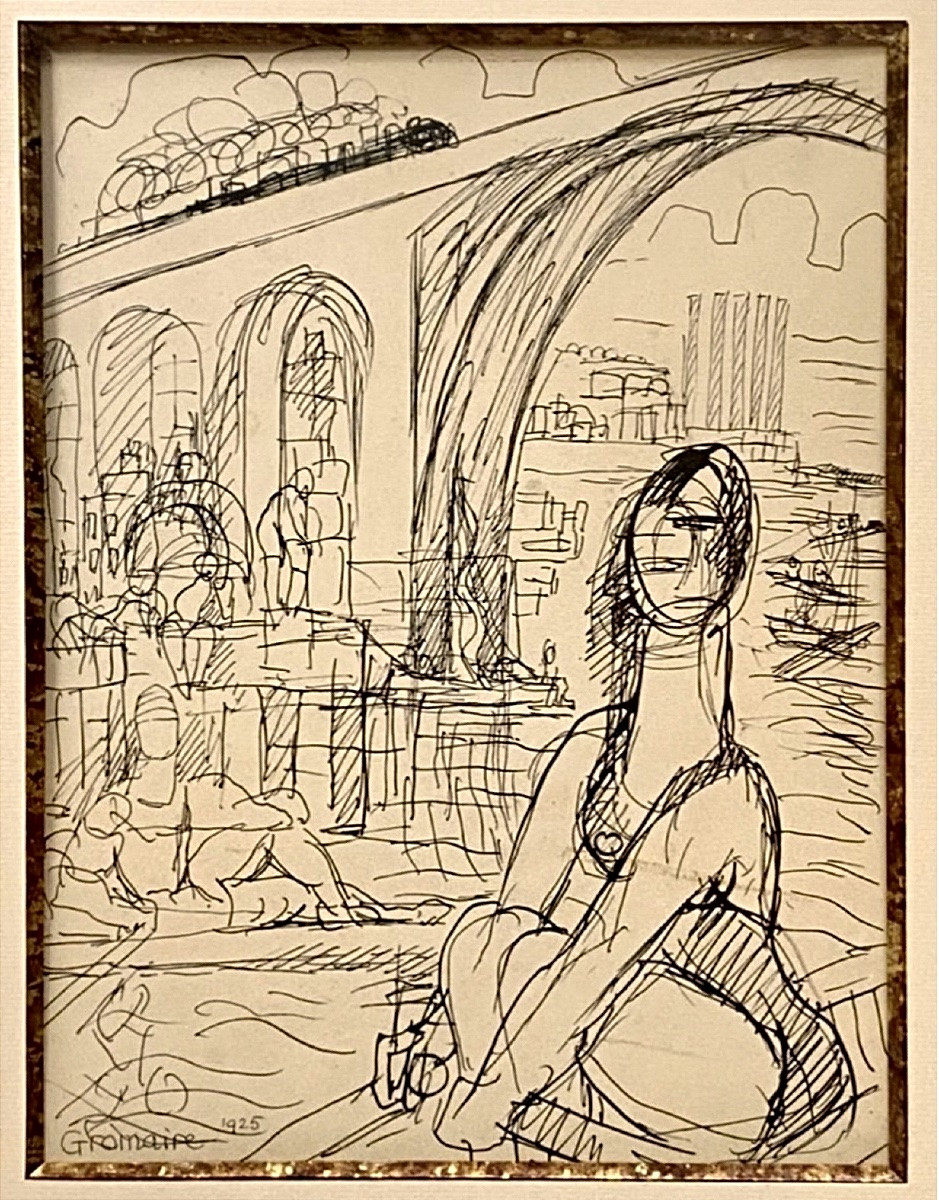

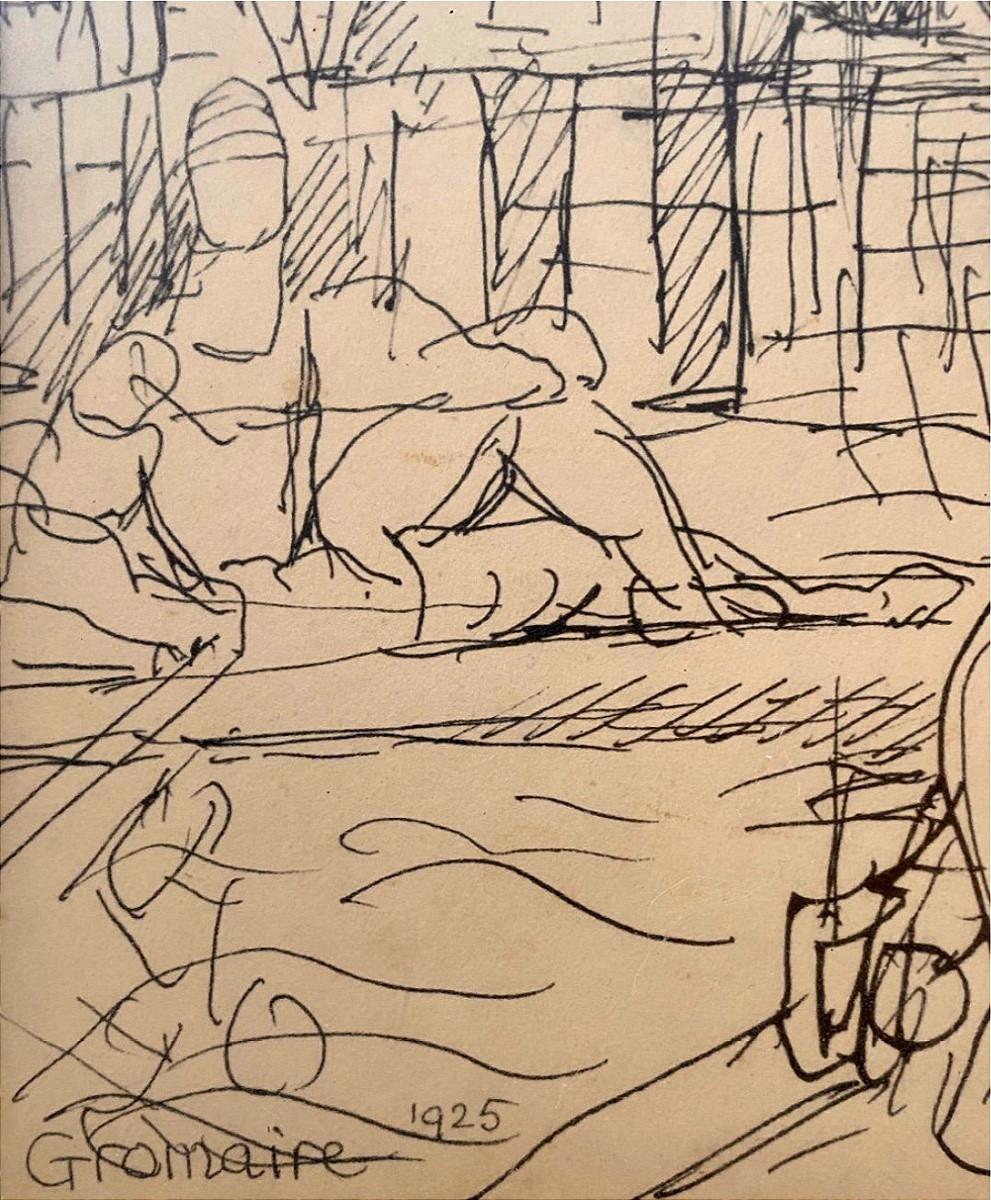
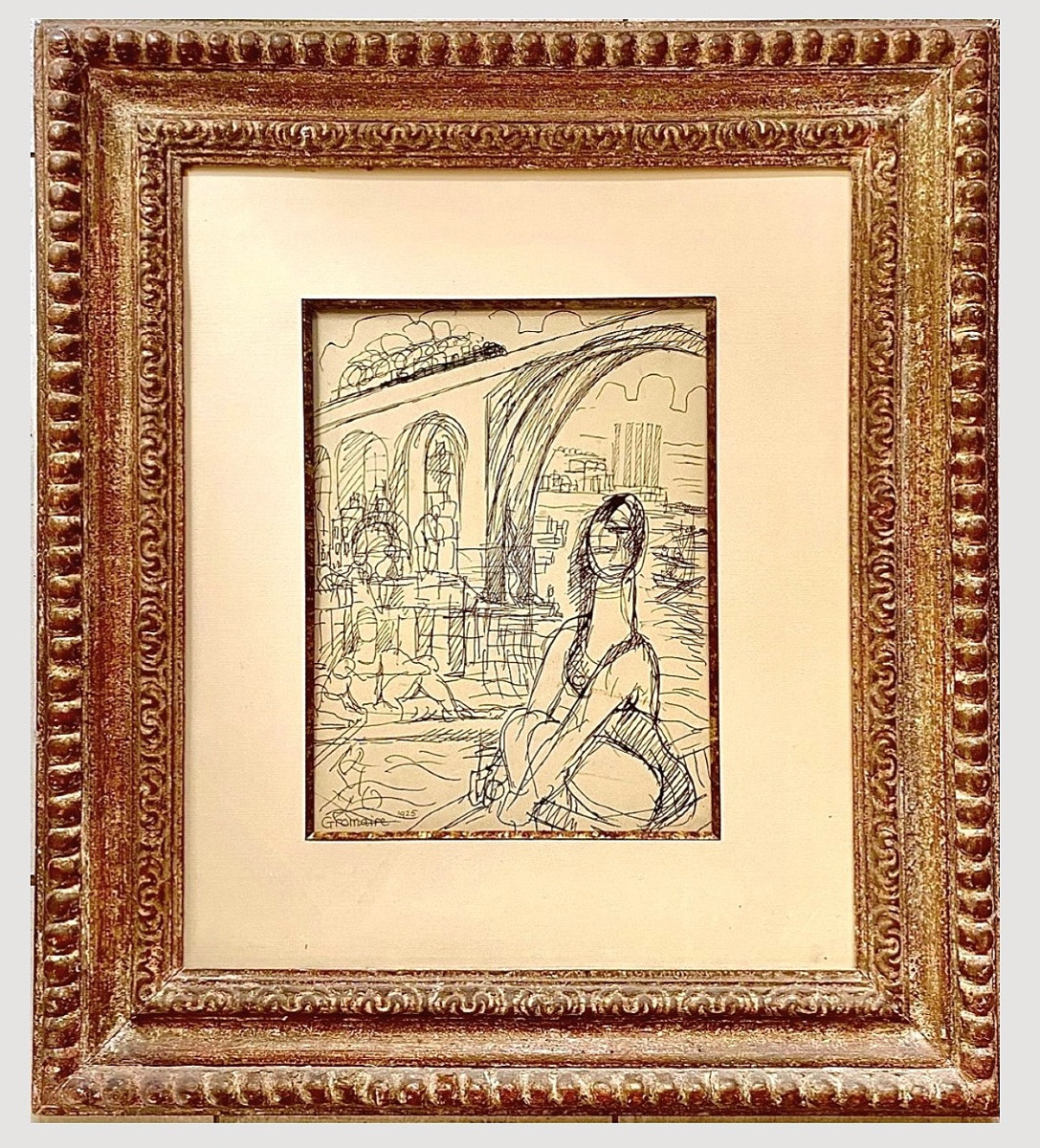
























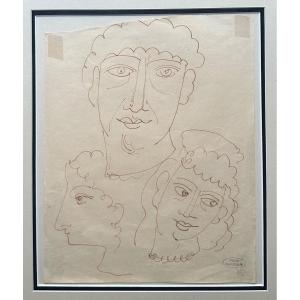
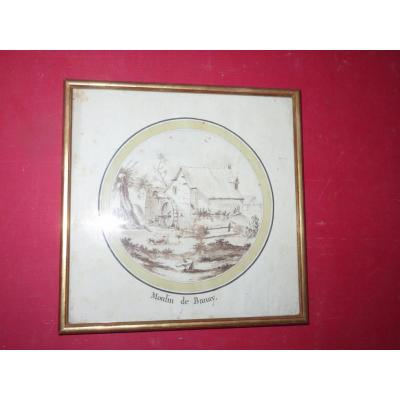





 Le Magazine de PROANTIC
Le Magazine de PROANTIC TRÉSORS Magazine
TRÉSORS Magazine Rivista Artiquariato
Rivista Artiquariato